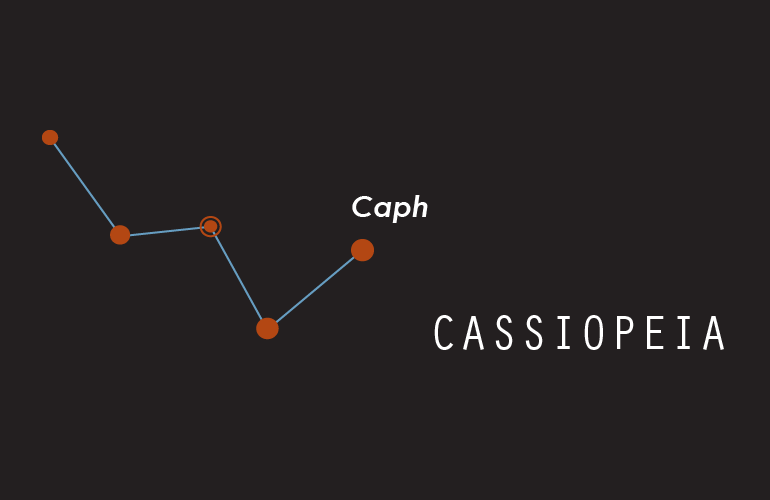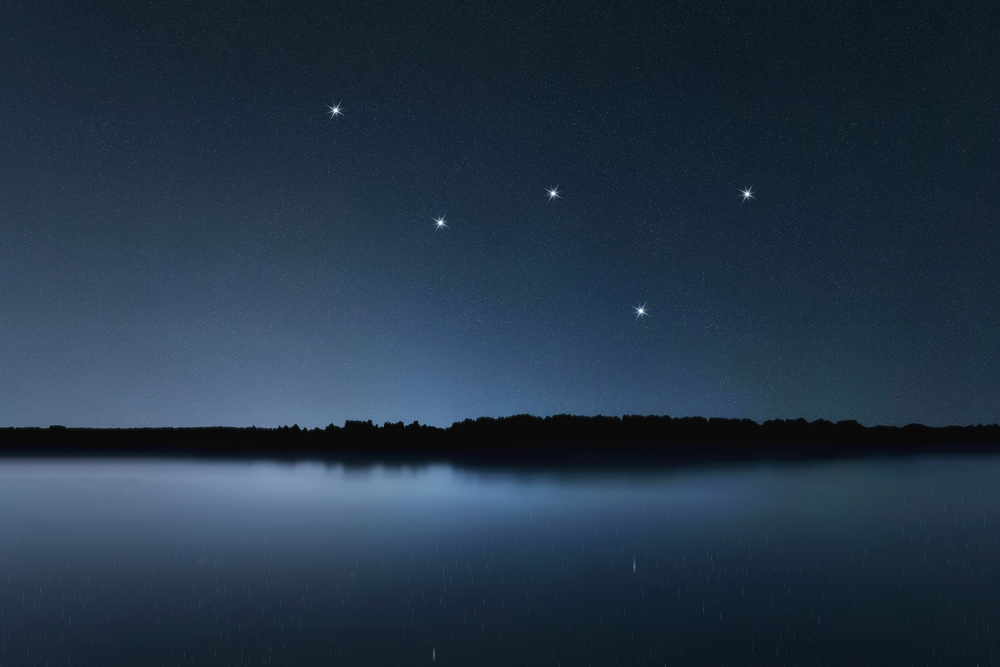
With a declination of +60° 14’, Ruchbah is visible from all locations north of the latitude 29° S, but never rises very high for observers south of the equator. It is the bottom left star in the asterism. Ruchbah is easy to identify because it is part of Cassiopeia’s W, one of the most familiar patterns in the northern sky. The asterism is part of the Legs mansion, which represents the tail of the White Tiger of the West. The Flying Corridor asterism is formed by Ruchbah with Iota Cassiopeiae, Segin (Epsilon Cassiopeiae), Theta Cassiopeiae, Nu Cassiopeiae, and Omicron Cassiopeiae. The Chinese know Ruchbah as 閣道三 ( Gé Dào sān), the Third Star of Flying Corridor. The name appeared in the Czech astronomer Antonín Bečvář’s Atlas Coeli (1951), but its origin is unknown. The name that was formally approved for Alpha Sagittarii has the alternative spelling, Rukbat.ĭelta Cassiopeiae was also once known as Ksora. It formally applies only to the component Delta Cassiopeiae Aa.ĭelta Cassiopeiae once shared the name Ruchbah with the blue dwarf Alpha Sagittarii, which marks the knee of Sagittarius, the Archer. The name was officially approved by the International Astronomical Union’s (IAU) Working Group on Star Names (WGSN) on August 21, 2016.

The star’s traditional name Ruchbah (pronunciation: /ˈrʌkbə/) comes from the Arabic rukbah, meaning “knee.” It refers to the star’s position in the constellation, marking the knee of the mythical Queen Cassiopeia. Caph is also the only one that is closer to us, at a distance of 54.7 light years, and the only star that is smaller, less massive and less intrinsically luminous than Ruchbah. Only Caph, the rightmost star of the W, is older, with an age of more than a billion years. Ruchbah is the second oldest of the five stars. It appears inverted in winter and when seen from the southern hemisphere.

The asterism appears as a W during the spring and summer months in the northern hemisphere. Ruchbah forms Cassiopeia’s W with Segin (Epsilon Cassiopeiae), Gamma Cassiopeiae, Schedar (Alpha Cassiopeiae) and Caph (Beta Cassiopeiae). The designation of Delta Cassiopeiae is therefore WDS J01258+6014A, while its two components are listed as WDS J01258+6014Aa and WDS J01258+6014Ab. The Washington Double Star Catalog lists Delta Cassiopeiae as the primary component of a multiple star system designated WDS J01258+6014. A 2005 catalogue of eclipsing variables lists the star system as an Algol-type variable, even though a 2000 study using data obtained with the Hipparcos satellite did not find variations by more than 0.01 magnitudes. Every 759 days, the star system’s brightness drops by 0.07 magnitudes when the fainter companion passes in front of the primary star. Ruchbah is the primary component in an eclipsing binary system with an orbital period of 759 days. Ruchbah (Delta Cassiopeiae), image: Wikisky Its estimated age is 600 million years.Ī 2006 study revealed an excess infrared emission from the star at a wavelength of 60 μm, indicating a circumstellar debris disk with a derived orbital radius of 88 astronomical units.

The star is a fast spinner, with a projected rotational velocity of 123 km/s. With an effective temperature of 7,980 K, it is 72.88 times more luminous than the Sun. It has a mass 2.49 times that of the Sun and a radius 3.90 times solar. The star has burned though the hydrogen in its core and evolved away from the main sequence. Ruchbah has the stellar classification A5 IV, indicating a subgiant star appearing white in colour. It is one of the five bright stars that form Cassiopeia’s conspicuous W asterism. Ruchbah lies at a distance of 99.4 light years from Earth. With an apparent magnitude of 2.68, it is the fourth brightest star in Cassiopeia, after Gamma Cassiopeiae, Schedar and Caph. Ruchbah, Delta Cassiopeiae (δ Cas) is an eclipsing binary star system located in the constellation Cassiopeia.


 0 kommentar(er)
0 kommentar(er)
